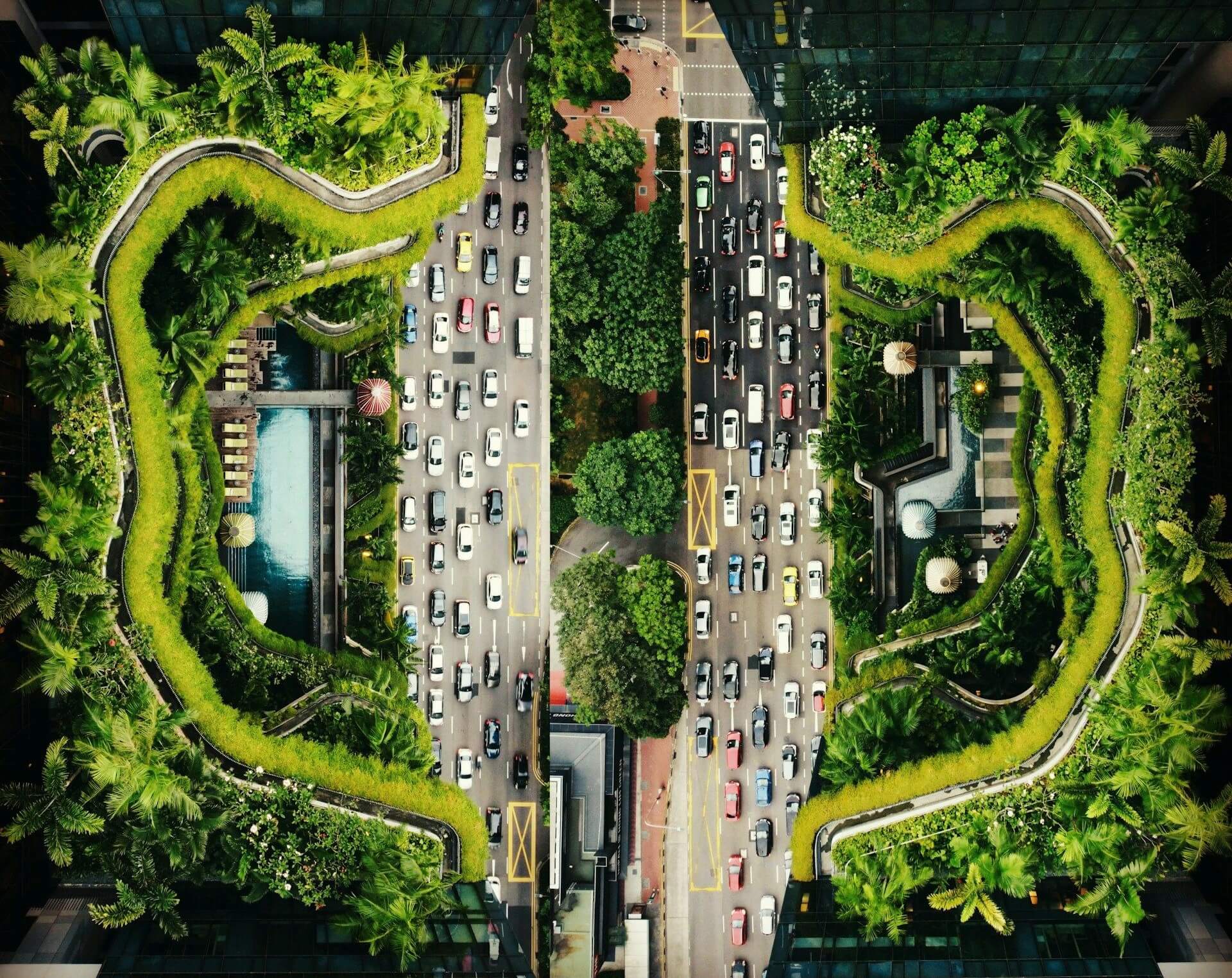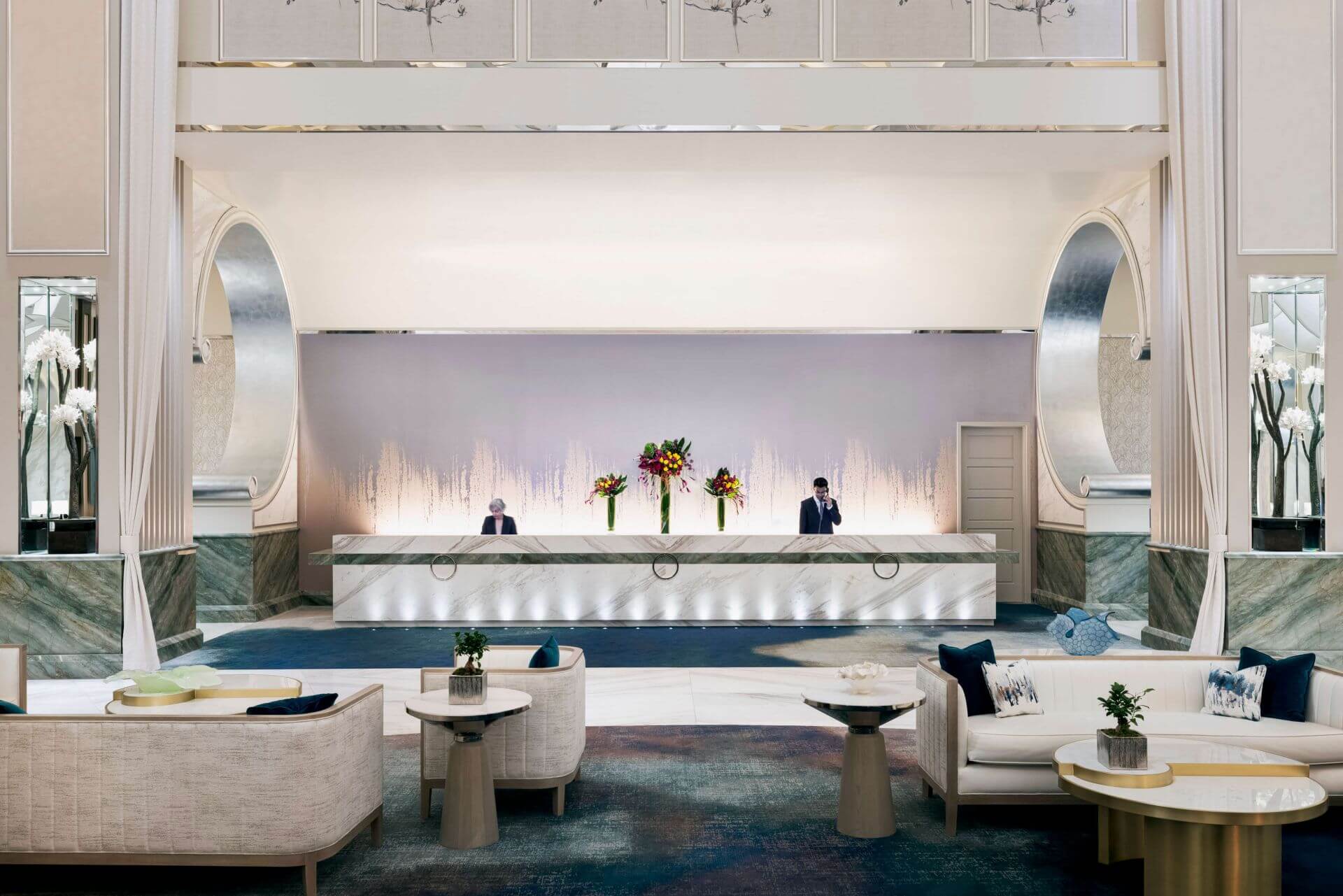Conscious Construction: Biophilic Design
by David Klemt

One term you’ll likely be hearing more of as 2024 progresses is “biophilic design,” the practice of connecting people and nature through building design.
This design methodology was developed in part by the late Stephen R. Kellert, professor emeritus at the Yale University School of Forestry and Environmental Studies.
While Kellert didn’t coin the term “biophilia,” he is credited with coining the phrase “biophilic design.” However, the two terms share an intrinsic connection.
The biophilia hypothesis was first presented by psychoanalyst Erich Fromm in the 1960s. Simply put, the idea is that humans have an inherent drive to pursue connections with nature. Edward O. Wilson, a biologist, added to Fromm’s theory in the 1970s. Per Wilson, a key element of biophilia is “the rich, natural pleasure that comes from being surrounded by living organisms.”
In the 1980s, Kellert expanded on biophilia and applied it to design. Per Kellert and fellow biophilic design advocates, humans can experience a range of physical and psychological benefits when our living, work, and leisure spaces have a connection to nature.
According to biophilic design advocates, this methodology can reduce stress, affect mood positively, and improve cognitive performance, making us more productive. There are other benefits as well, of course.
When implemented with intention, biophilic spaces are sustainable; are capable of achieving significant energy efficiency; can reduce a building’s carbon footprint; and can even regulate temperature.
Clearly, this design approach speaks to a number of guest expectations and desires.
The Six Principles
There are, according to Kellert, two key aspects of biophilic design.
One over-arching aspect is organic. This is how shapes used in the design of a building connect people and nature.
The second aspect is place-based. As the term suggests, this is how design features connect a building to the local area in which it’s situated.
Within both the organic and place-based aspects or dimensions of biophilic design are six principles.
Environmental features, such as plants, natural materials, sunlight, water, and colors.
Natural shapes and forms that simulate natural forms. Think spirals, curves, arches, and other flowing design features. Put another way, biophilic design tries to limit 90-degree angles and straight lines.
Natural patterns and processes, which may seem, at first, to be the same as natural shapes and forms. However, these features resonate with our senses of sight, sound, smell, touch, and others.
Light and space, crucial to biophilic design, whether daylight, reflected, or diffused light. Designers who really go for it will come up with lighting programs that mimic how light changes throughout the day.
Place-based relationships, which helps a person develop a personal connection with a place.
Evolved human-nature relationships to evoke a range of reactions from humans in the space. This can be a desire to explore the space, or a feeling of safety and protection.
Examples
This article is just a crash course in biophilic design. Each of the above principles, for example, contains a number of key attributes.
So, let’s take a look at some examples of biophilic design in hospitality. The following hotels and restaurants should give you a clear understanding of this approach to design.
Parkroyal Collection Pickering
View this post on Instagram
To learn more about this amazing hotel, click here.
Fandi Mata
View this post on Instagram
Click here to learn more.
Café Lido
View this post on Instagram
Learn and see more here.
The West Hollywood EDITION
View this post on Instagram
To see more, click here.
Tsuki
View this post on Instagram
Click here for more.


